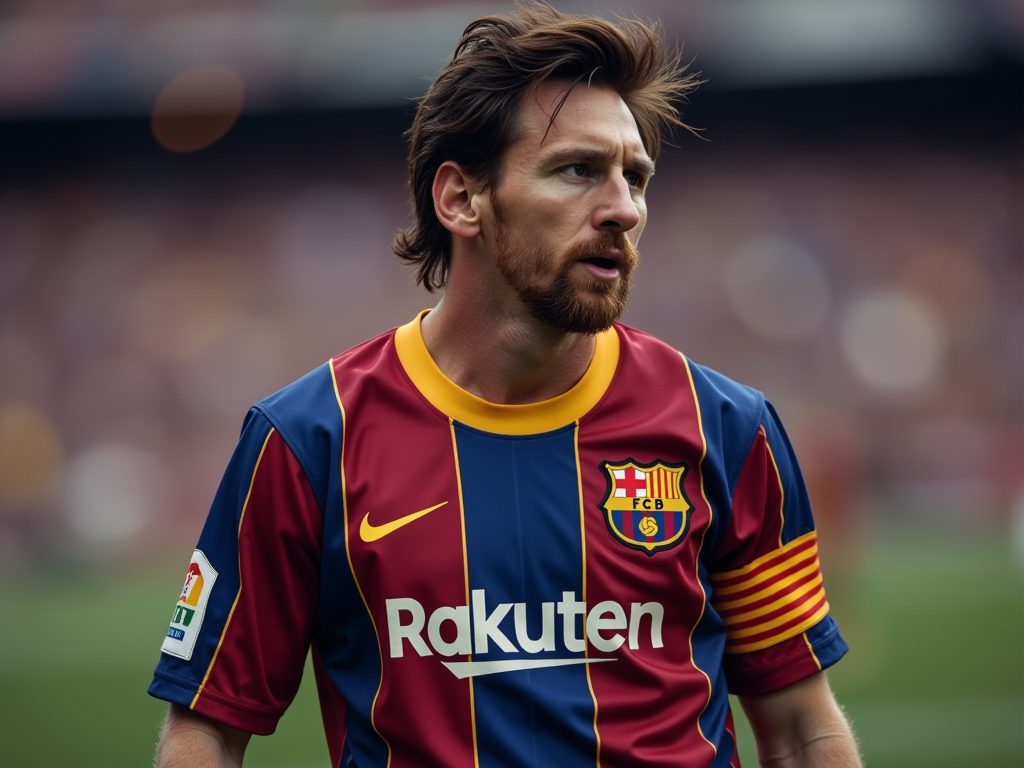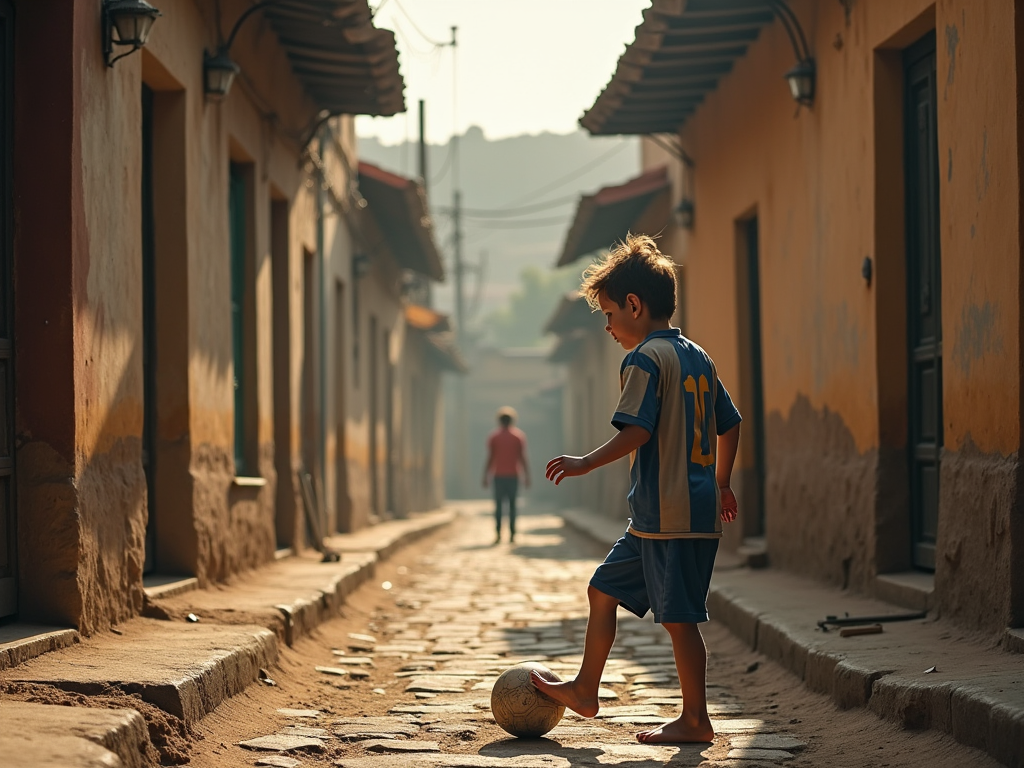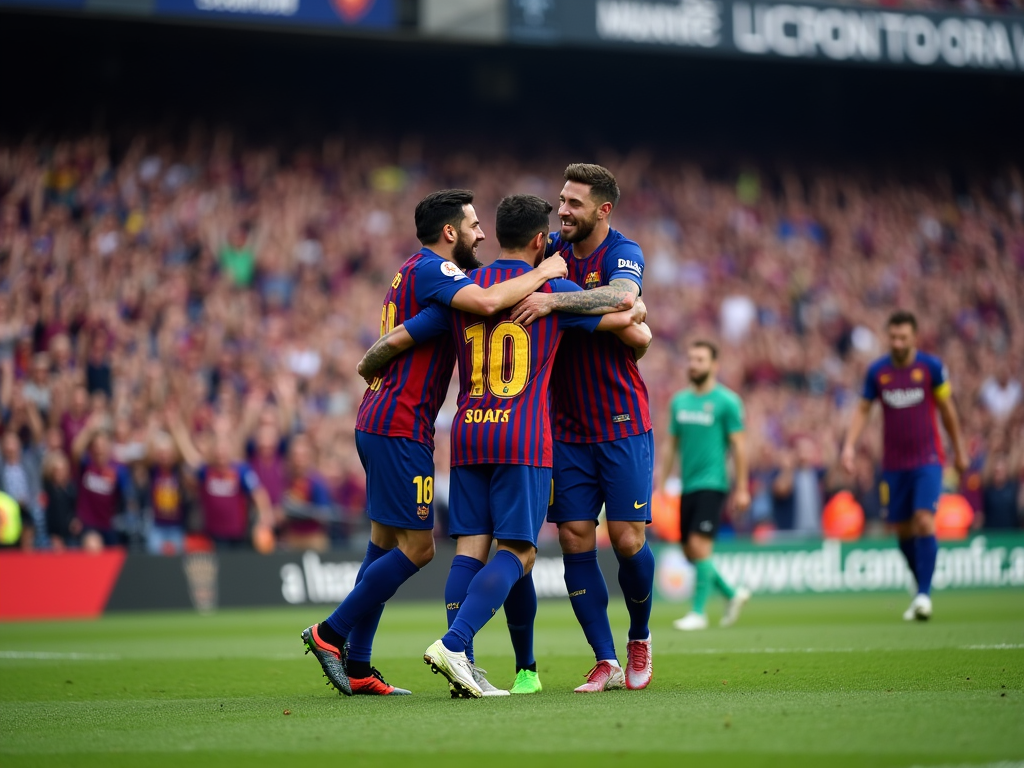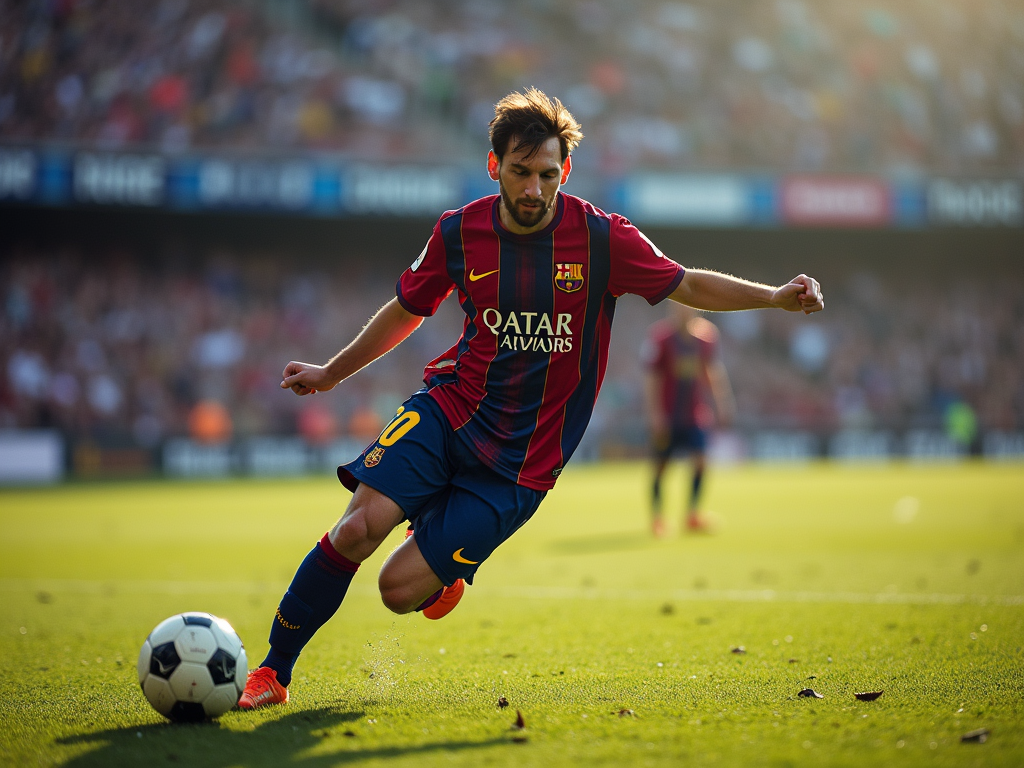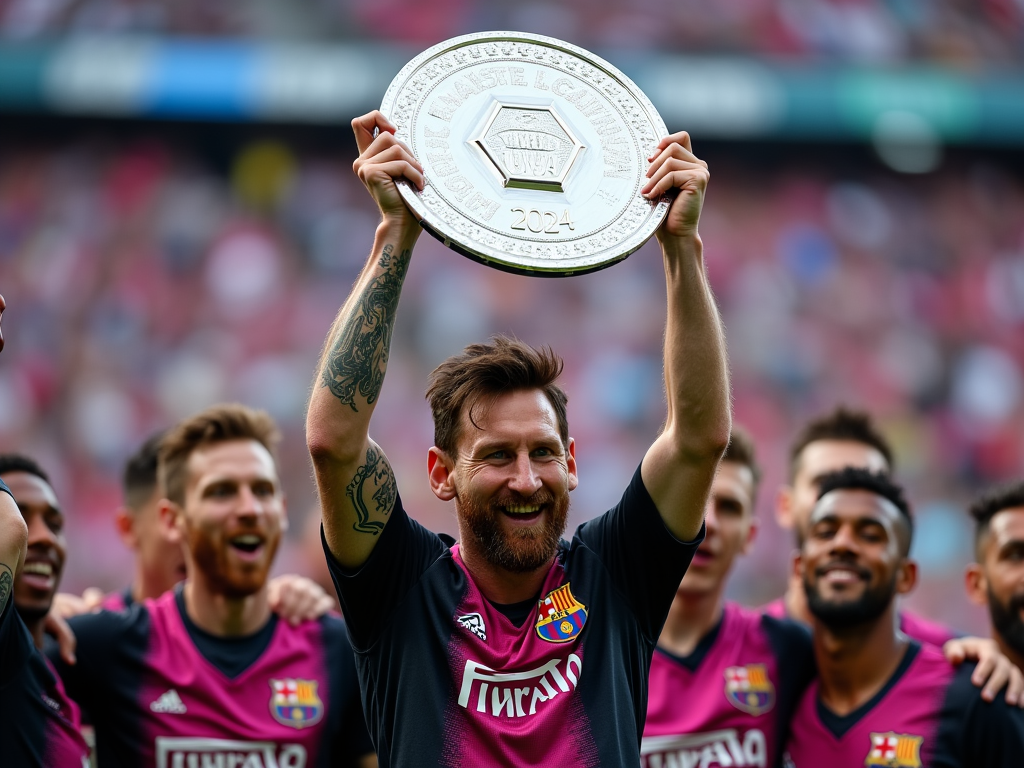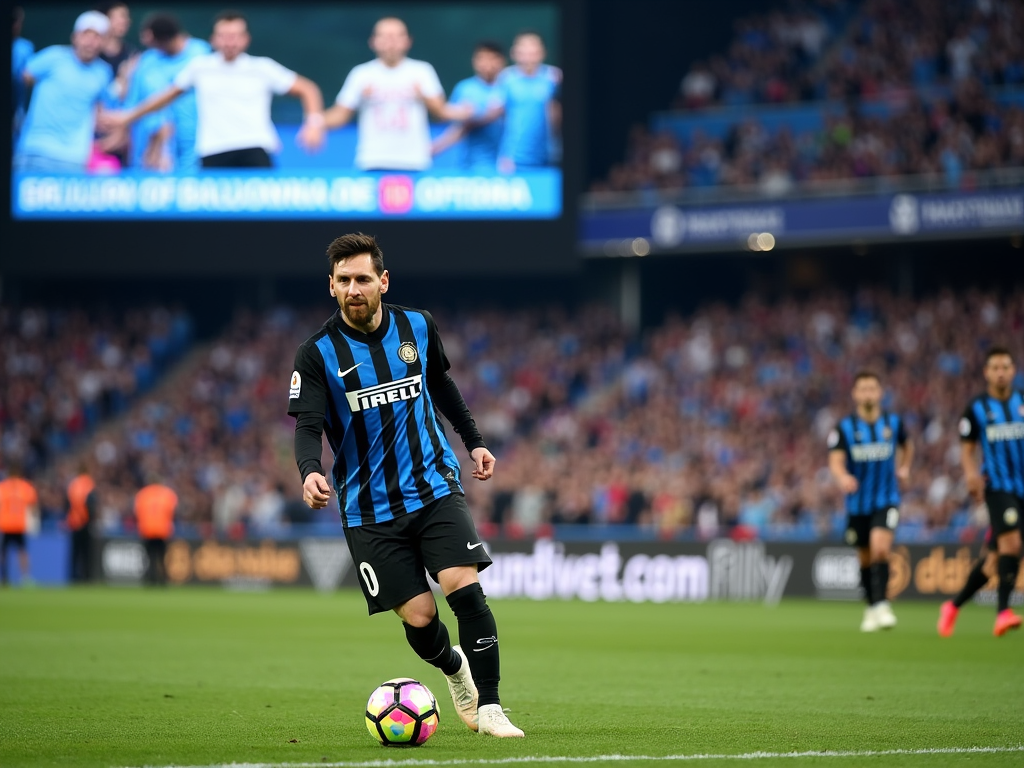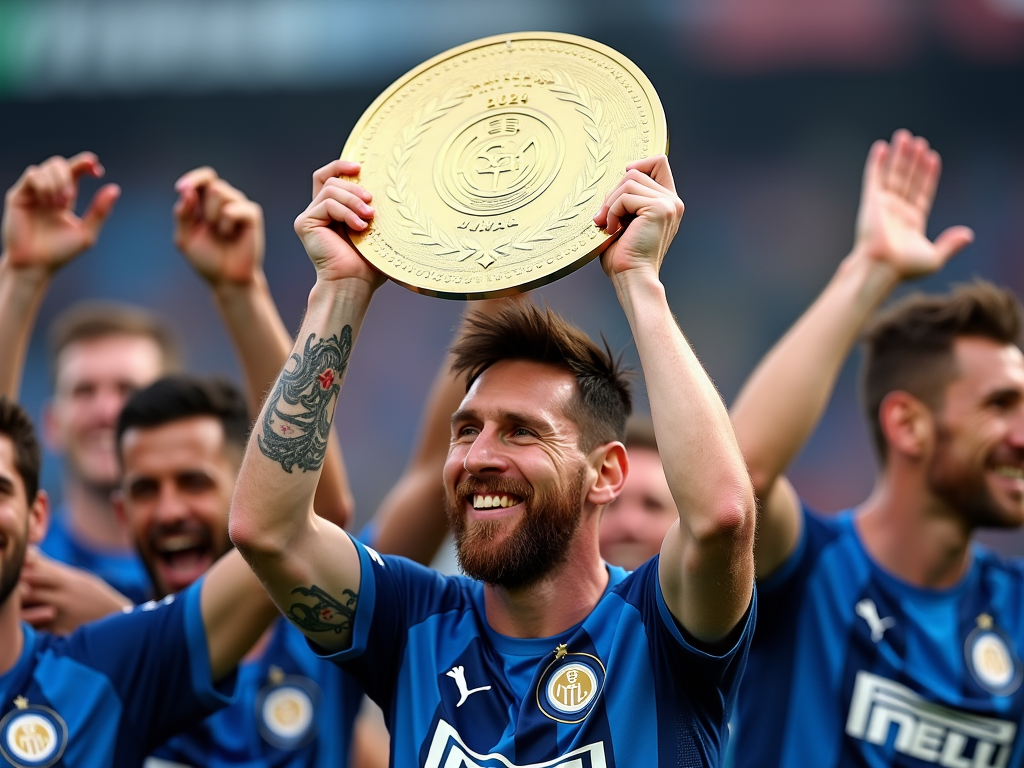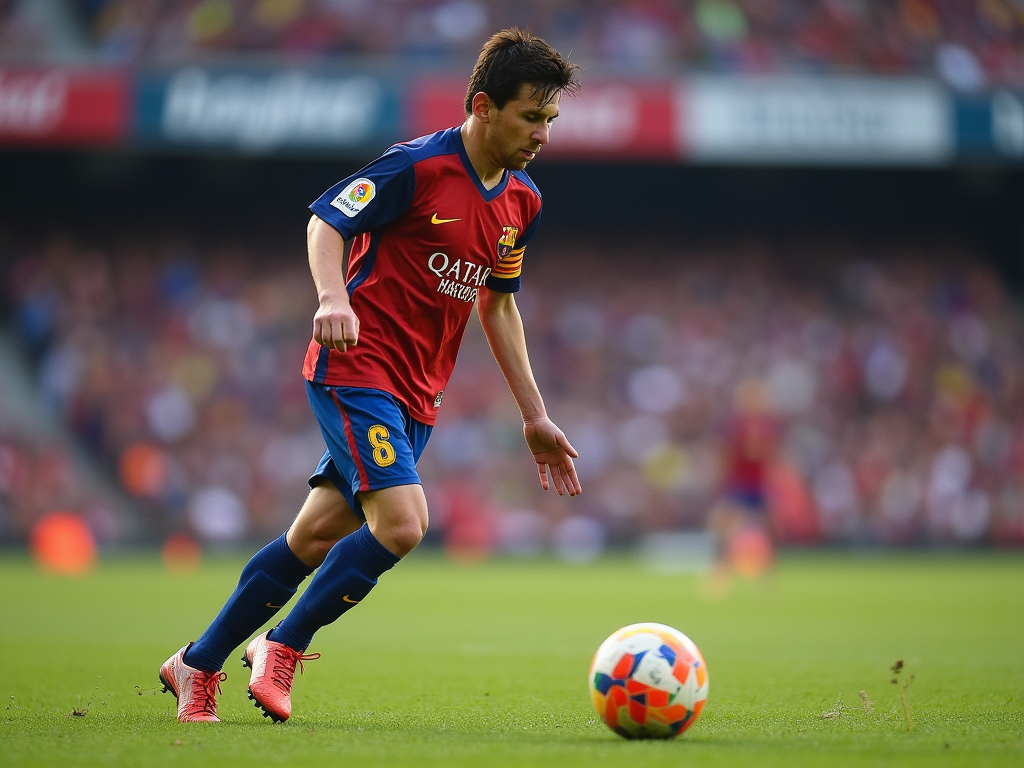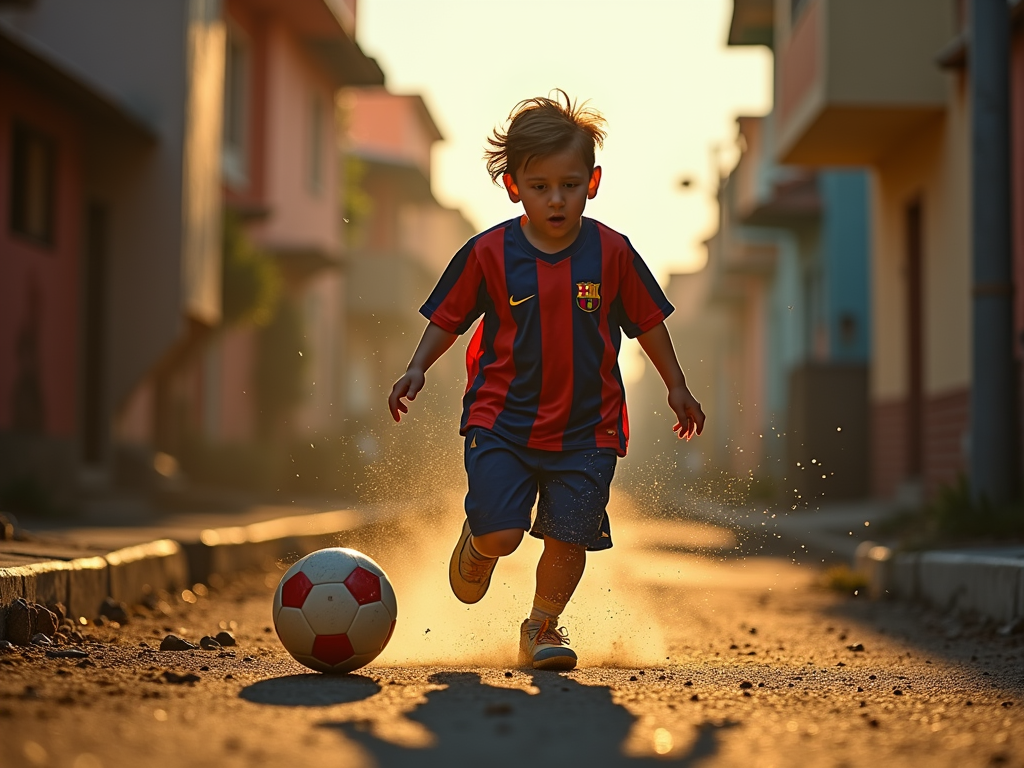Chapter 1: From the Streets of Rosario to the Pinnacle of the Game
The cobblestone streets of Rosario, Argentina, echoed with the rhythmic sound of a worn leather football bouncing against weathered walls. A scrawny boy, no more than eight years old, weaved between narrow alleyways, his feet dancing with the ball as if they were connected by an invisible string. Lionel Messi was small for his age, his frame delicate and slight, but his movements spoke of an extraordinary talent that would soon captivate the world. His father, Jorge Messi, watched from a distance, a mixture of pride and concern etching lines across his forehead. The family knew something special resided within this small child – a gift that might be their pathway out of the modest working-class neighborhood of Barrio Las Heras. But this potential came with a significant challenge: Lionel’s growth was being stunted by a hormonal condition that threatened to limit his dreams. Medical treatments were expensive, far beyond the means of a working-class family. Growth hormone therapy would cost hundreds of dollars monthly – an impossible sum for Jorge, who worked as a factory manager, and his wife Celia, a part-time cleaning worker. The family’s hopes hung precariously between Lionel’s extraordinary skill and the financial barriers that seemed insurmountable.
Rosario’s local football culture pulsed through the veins of every young boy, but Messi’s connection was different. Where other children played casually, he moved with an intuitive understanding that separated him from his peers. His grandfather, watching him play, would later recall how even at such a young age, Lionel possessed a supernatural relationship with the football – it was an extension of his body, responding to his will with uncanny precision. Newell’s Old Boys, a local football club with a rich history, became Messi’s first true home outside of his family. Here, coaches and teammates quickly recognized that this diminutive player possessed something extraordinary. His low center of gravity, incredible ball control, and ability to change direction instantaneously made him appear almost magical on the field. But beneath the emerging talent lay a profound vulnerability. The growth hormone deficiency threatened to derail everything. Each medical test, each measurement became a moment of tension for the Messi family. Would their son’s dreams survive the biological constraints that seemed determined to hold him back?
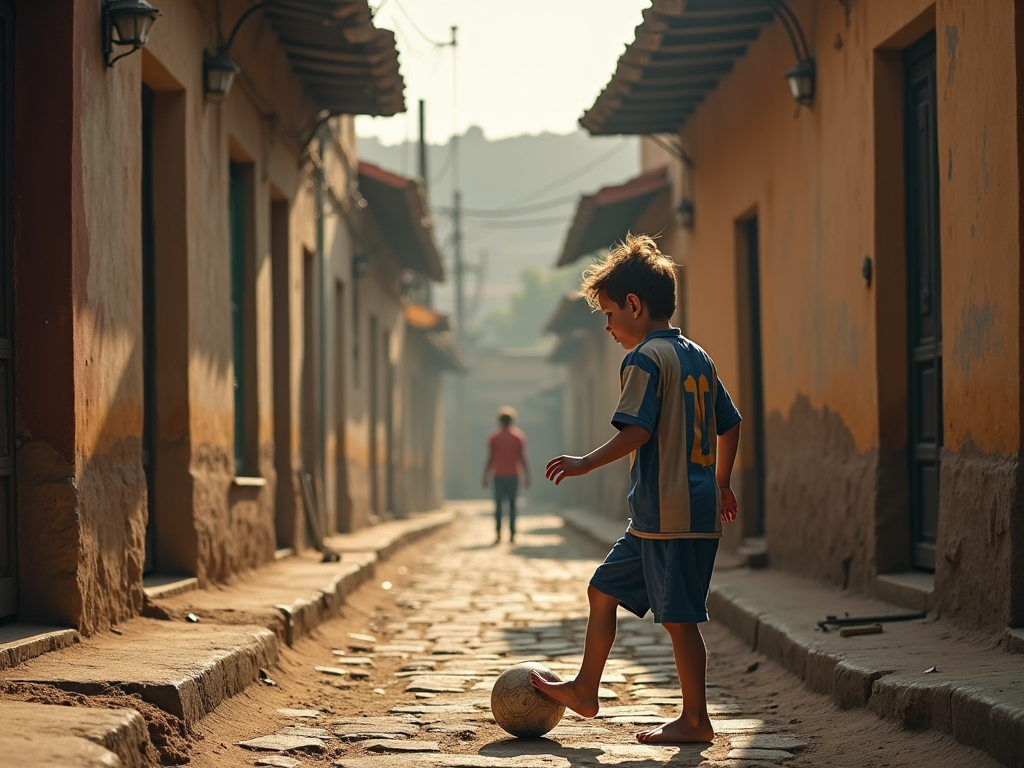

Chapter 2: The Barcelona Years: An Unmatched Legacy
The Camp Nou stadium pulsed with an electric energy, the roar of 99,354 fans creating a thunderous backdrop to Lionel Messi’s extraordinary journey. From the moment he first stepped onto that hallowed pitch as a teenager, something magical was brewing—a transformation that would redefine football forever. At just 17 years old, Messi’s frame was fragile, his body still fighting the growth hormone deficiency that had threatened to derail his dreams. But his feet told a different story. They spoke a language of pure football, dancing around defenders with an intuition that seemed almost supernatural. Frank Rijkaard, Barcelona’s coach at the time, recognized something special—a raw talent that transcended physical limitations. His debut in 2004 was more than just a match; it was the first brushstroke of a masterpiece that would span nearly two decades. The Argentine’s connection with Barcelona wasn’t just a professional relationship—it was a profound love affair that would create legends, break records, and inspire generations. Messi’s playing style was poetry in motion. Where other players saw obstacles, he saw opportunities. His low center of gravity, combined with extraordinary ball control, allowed him to weave through defensive lines like a needle through fabric. Defenders would lunge, only to find themselves grasping at air while Messi glided past, a smile sometimes playing on his lips—not out of arrogance, but pure joy of the game. The years at Barcelona became a symphony of achievements. Four Champions League titles, ten La Liga championships, six Ballon d’Or awards—each trophy a testament to his extraordinary skill. But numbers were merely statistics; what made Messi truly remarkable was how he transformed those numbers into emotional narratives that captured the hearts of millions. His partnership with teammates like Xavi and Iniesta created a footballing philosophy that would be studied in academies worldwide. Tiki-taka, a style of play characterized by short passing and movement, found its most eloquent expression through Messi’s extraordinary vision and execution. Each goal was more than just a score—it was a moment of artistic expression. Whether curling a free-kick into the top corner or dribbling past entire teams, Messi made the impossible look effortless. His left foot wasn’t just a limb; it was a paintbrush, and the football field was his canvas.
